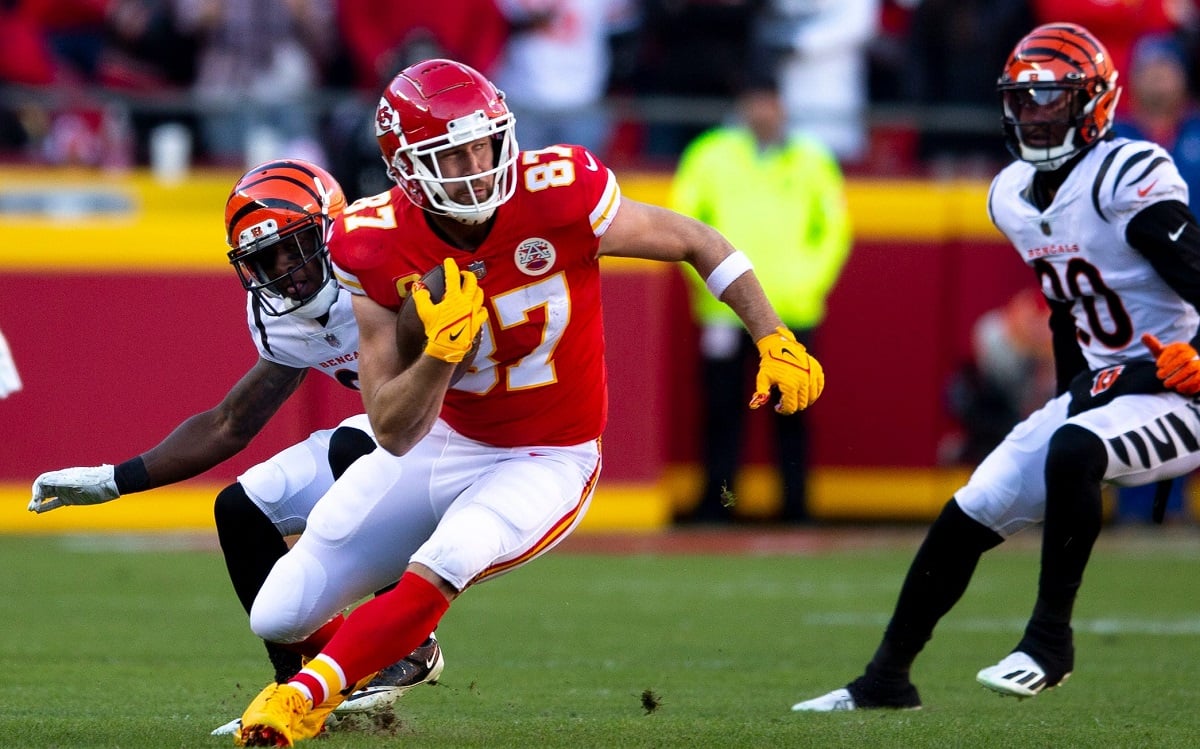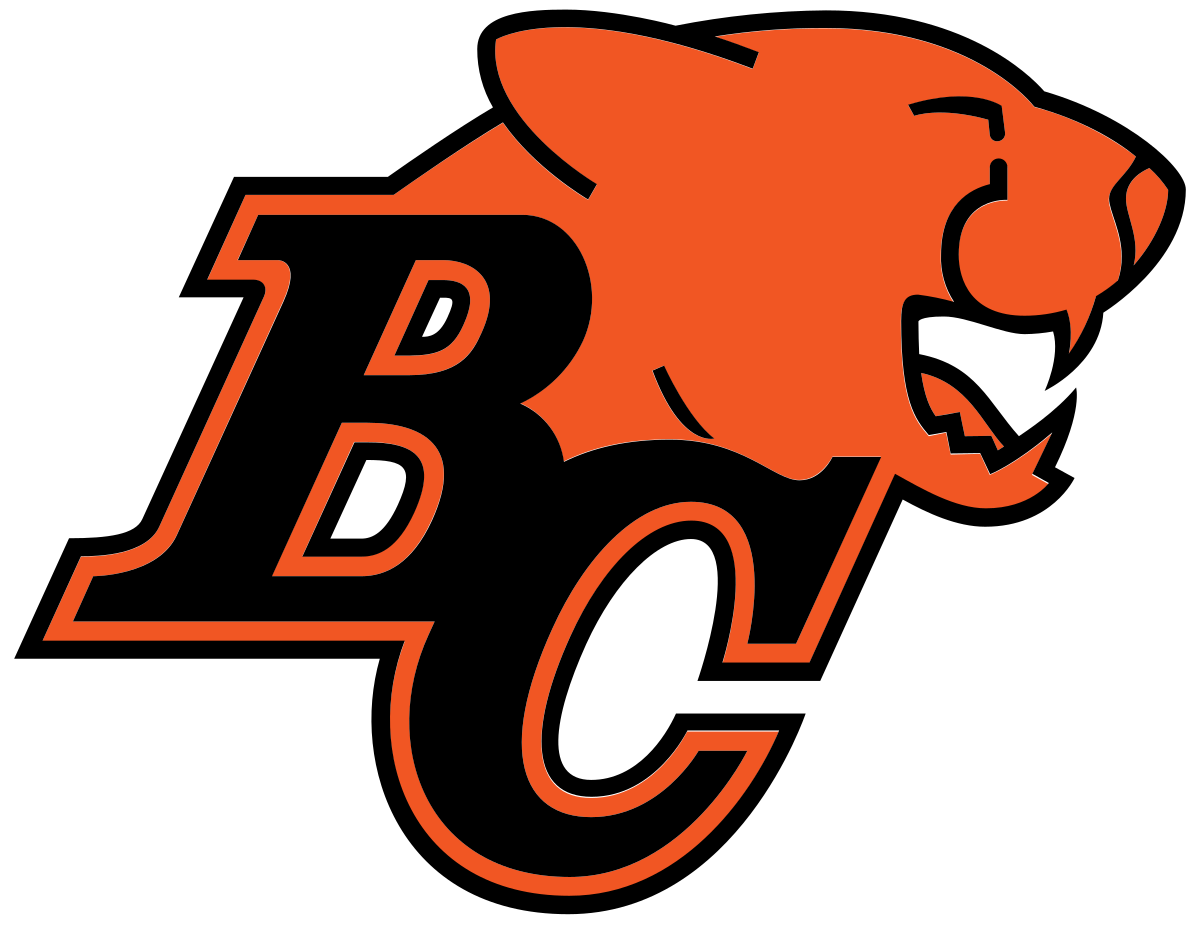Sports
Amazon’s purchase of national NHL rights from Rogers just the beginning of the chaos that awaits Canadian sports fans
Welcome to the future, Canadian sports fans. Grab your wallets. And sort out your remote controls, because watching TV is about to get more complicated.
On Thursday, Rogers Communications Inc. announced it had sold off the rights to a chunk of the NHL games it bought in that splashy $5.2-billion 12-season deal it struck a decade ago. For the final two seasons of that contract, starting this October, Amazon’s Prime Video service will produce and broadcast – or, rather, stream – the national Monday night games in Canada, which up to this point have aired exclusively on Sportsnet.
The games, at least 26 of which will be streamed each season, will be available only to those who subscribe to Prime.
The move marks the first time that one of the big four North American leagues will have a meaningful number of games on a streaming service operating only in Canada. (In late 2022, Apple scooped up all of the global streaming rights to Major League Soccer games, in a 10-year, US$2.5-billion pact.) It won’t be the last.
In a news release, David Proper, the NHL’s senior executive vice-president of media and international strategy, suggested the deal would help the league expand its fan base. More likely, its existing fan base will help grow Prime’s subscribers, because hard core hockey fans are now going to have to subscribe to another service.
Just as important, it will also help to boost the value of the NHL’s media rights before bidding for the next deal unfolds next year. That was part of the strategy behind the NFL’s decision to sell its Thursday Night Football franchise to Prime in the United States, as well as a wild-card playoff game in January to NBC’s nascent streaming service, Peacock.
When the NHL and Sportsnet announced its blockbuster deal in November, 2013, it looked as though it might be a model for the future of sports broadcasting. A league could sell off all of its rights in a territory to a single gatekeeper, which could monetize them across any existing and future platforms.
A decade later, that model seems almost ancient in its strategy. None of the big leagues will do that again. (Apple’s MLS tie-up is the exception that proves the rule, with the tech giant’s purchase of the global rights to a league that needed the streamer more than the streamer needed the league.) Certainly, Amazon at least has made it clear it has no interest in becoming the primary-rights holder of any major league. It wants to own just enough games that fans feel obliged to subscribe.
Having gone hard in one direction, pro leagues are now rushing the other way, dividing up their rights across as many media partners as possible. That strategy allows the leagues to play their broadcast and streaming partners against each other, and balance a variety of sometimes competing goals (selling their rights for the highest possible fee, increasing audience reach, burnishing the brand).
It also ensures that if one of the partners gets in financial trouble, as has happened with the Bally regional sports networks in the United States – leaving a host of MLB, NBA, and NHL teams in limbo – the leagues can ask another broadcaster or streamer to save the day.
This means, of course, that Canadian sports fans are going to have to become as technically savvy – and patient – as their counterparts elsewhere. Industry studies in a number of territories around the world have found that navigating the morass of rights holders, and then subscribing to and toggling among all of the necessary services, is enough of a stumbling block that a chunk of fans simply give up. In an almost comically extreme example, Yankees fans who want to catch every one of their team’s games have to subscribe to six services – including, yes, Prime.
Given the implications of the development for the Canadian sports media landscape, it’s notable how cordial the official pronouncements made it sound. In the media release, David Proper said the NHL was “thrilled to collaborate with Amazon and Rogers on this project.” Colette Watson, the president of Rogers Sports & Media, said the company is “really pleased to work with Amazon to continue to grow the game and help hockey fans watch games when and where they want.”
But there’s no collaboration to speak of. Rogers is simply shedding assets from its balance sheet (at a profit or a loss, no one will say). And in Watson’s comments, it’s hard to not hear curdled echoes of the bold pronouncements Rogers executives made when they trumpeted the original deal with the NHL, promising the company was uniquely positioned, as one of this country’s leading tech and media operations, to serve up hockey to customers wherever and whenever they might want to watch.
Back then, though Rogers had its challenges, especially in the legacy broadcast business, the company seemed to be an irresistible force, almost gravitational in its heft. It owned TV services, sports teams, a home shopping channel, the cable connections to millions of homes, and was providing mobile phone and data service to millions more customers. It had just scooped up an iconic piece of Cancon.
But dominance in one country doesn’t mean much in the face of companies whose market power spans the globe. Last fall, of course, the U.S. Federal Trade Commission filed an antitrust lawsuit against Amazon for what it alleged was an illegal abuse of monopoly power, saying the company’s practices block competition, degrade quality, and stifle innovation and competition. So far, consumers enthralled with next-day delivery seem to have greeted that news with a shrug. Evidently, apathy comes free with a Prime membership.








